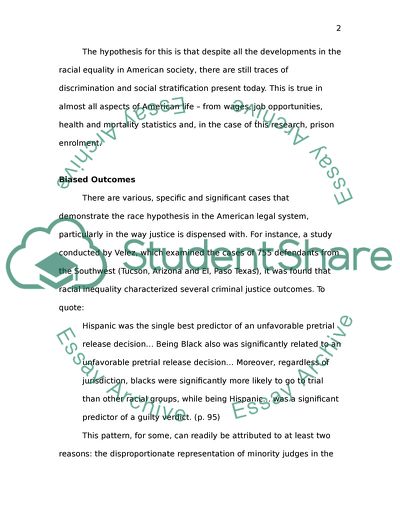Cite this document
(Racial Inequalities in the Judicial System Against Minorities Research Paper, n.d.)
Racial Inequalities in the Judicial System Against Minorities Research Paper. Retrieved from https://studentshare.org/law/1739027-racial-inequalities-in-the-judicial-system-against-minorities
Racial Inequalities in the Judicial System Against Minorities Research Paper. Retrieved from https://studentshare.org/law/1739027-racial-inequalities-in-the-judicial-system-against-minorities
(Racial Inequalities in the Judicial System Against Minorities Research Paper)
Racial Inequalities in the Judicial System Against Minorities Research Paper. https://studentshare.org/law/1739027-racial-inequalities-in-the-judicial-system-against-minorities.
Racial Inequalities in the Judicial System Against Minorities Research Paper. https://studentshare.org/law/1739027-racial-inequalities-in-the-judicial-system-against-minorities.
“Racial Inequalities in the Judicial System Against Minorities Research Paper”, n.d. https://studentshare.org/law/1739027-racial-inequalities-in-the-judicial-system-against-minorities.


